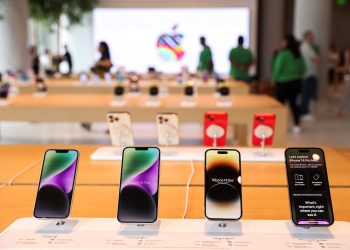The countdown is on, and the looming threat of losing your valuable Gmail messages, photos, and documents is just around the corner. With the enforcement of an updated inactive account policy by Google starting on December 1st, it’s crucial to understand the implications and take action to preserve your digital content.
The December 1 Deadline
As the deadline approaches, anxiety is growing among users who are uncertain about the fate of their Gmail and Photos content. The good news is that the majority of Gmail and Photos users—1.8 billion and 2 billion respectively—have active accounts and won’t be affected by the impending content deletions.
Google’s policy defines active users as those who have accessed their Google accounts within the last two years. For these users, the content remains secure. However, for a potential 1% of users with inactive accounts, equating to 18 million Gmail users and 20 million Google Photos users, the clock is ticking, and their messages and photos could soon be consigned to the digital abyss.
Why Google is Deleting Content
The official reason behind this content purge is rooted in security concerns. Ruth Kricheli, a vice president of product management at Google, emphasized in a May 2023 update that inactive accounts are more susceptible to compromise. The logic is clear: older accounts are less likely to have security measures like two-factor authentication (2FA) in place. Google’s internal data supports this, stating that inactive accounts are “10x less likely than active accounts” to use 2FA.
How to Protect Your Content
To ensure your memories and important data escape the purge, take proactive steps now. If your Google account is linked to an educational institution or is a business account, it falls outside the scope of the inactive account policy, and your content is safe. The same goes for accounts with YouTube content.
For other accounts, including Gmail, Photos, Google Drive, Docs, and Calendar, ensure you’ve accessed them within the last two years. Any activity, from sending emails and storing files to using Google services, counts as account access and will protect your content.
Act Now to Preserve Your Digital Legacy
Don’t rely on receiving a notification email from Google; be proactive in securing your content. Log into all Google accounts and associated services, ensuring you’ve accessed them recently. This purging policy extends beyond Gmail and Photos to cover Google Drive, Docs, and Calendar data.
Time is of the essence, and delaying action could result in the loss of your valuable digital content. Take control of your data’s destiny by acting now and ensuring your Google account remains active, preserving your digital legacy for years to come.






